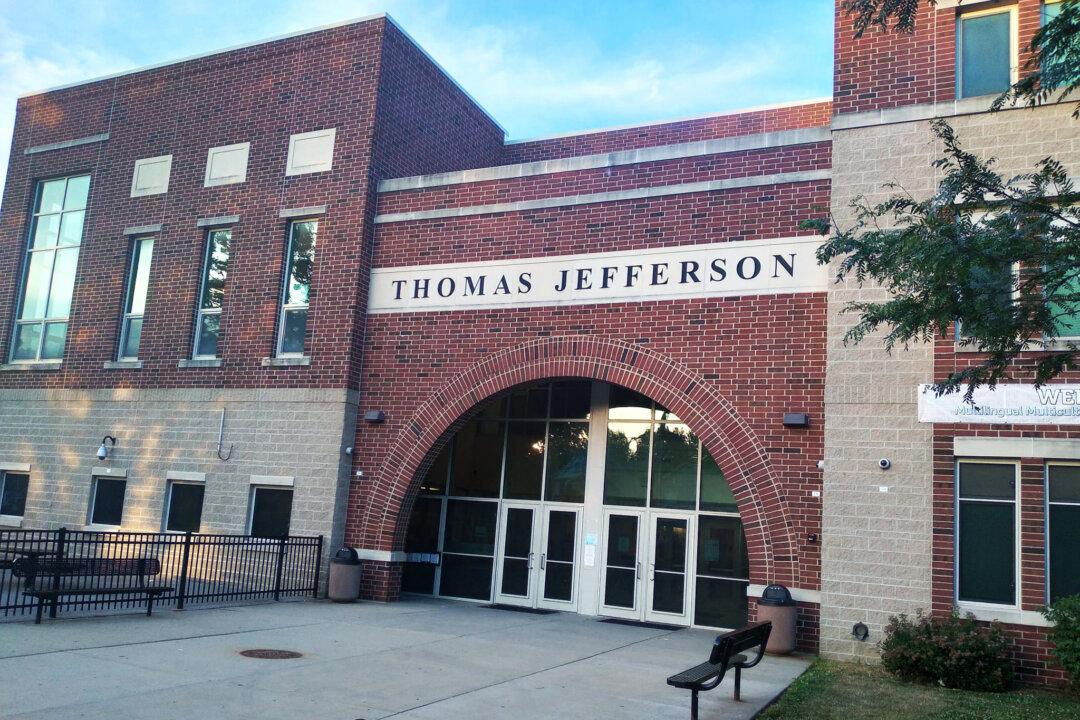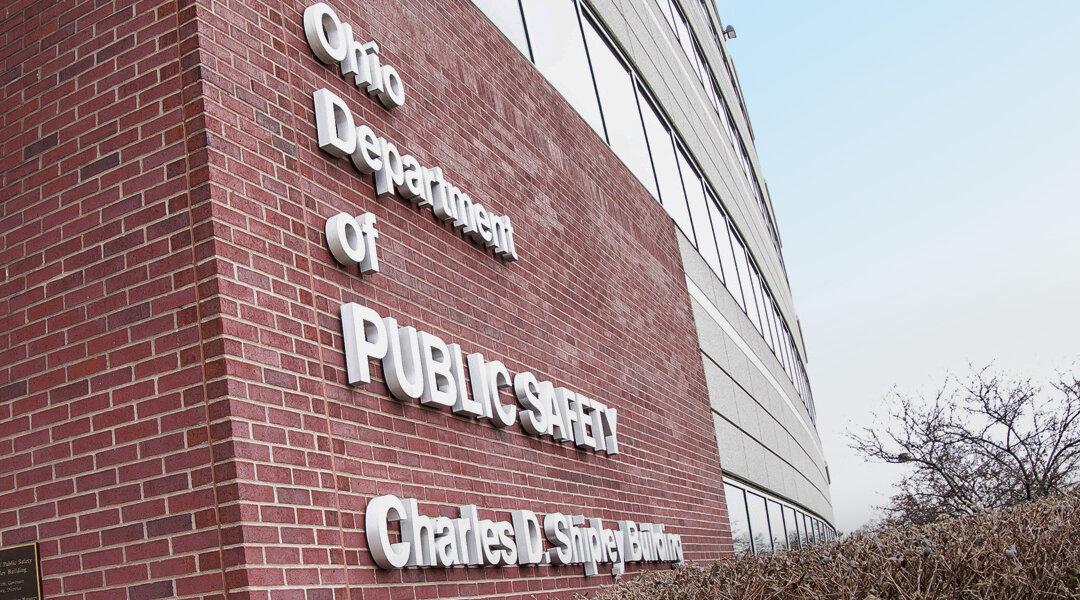A city zoning board’s decision to demolish an iconic building that has been part of the aviation heritage of Dayton, Ohio, has upset history buffs hoping that it would be saved.
The Dayton Board of Zoning Appeals, during its Nov. 23 meeting, voted 5–1 against Preservation Dayton Inc.’s wishes to block the city’s demolition of the 129-year-old brick building at 1005 West Third Street on the city’s West Side. The structure is included on the National Aviation Heritage Trail overseen by the National Parks Service in a historic district known as the Wright-Dunbar Village in Dayton, the birthplace of aviation.




